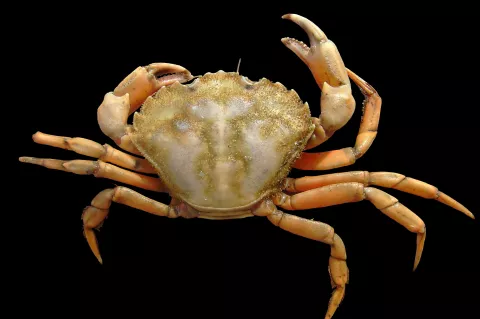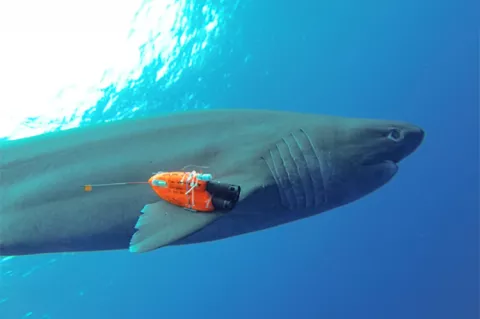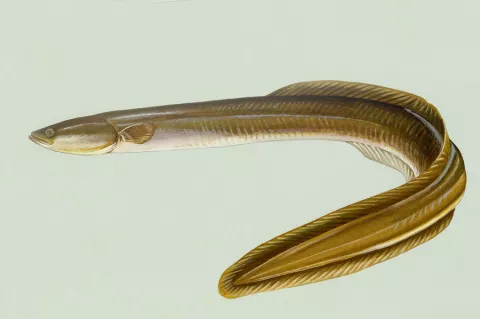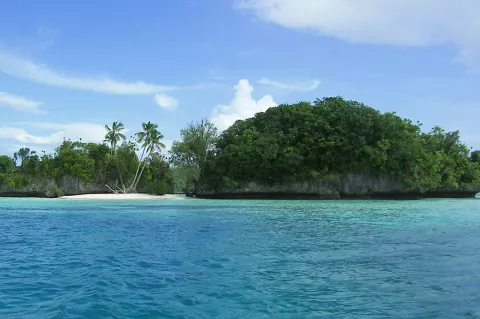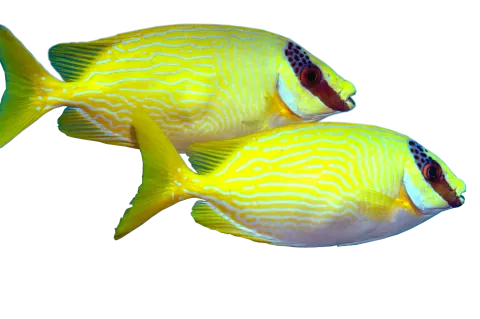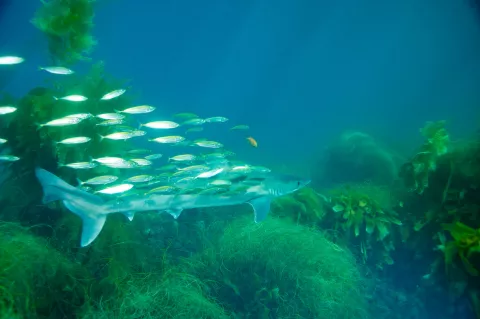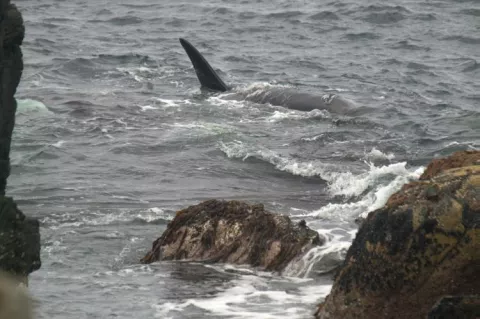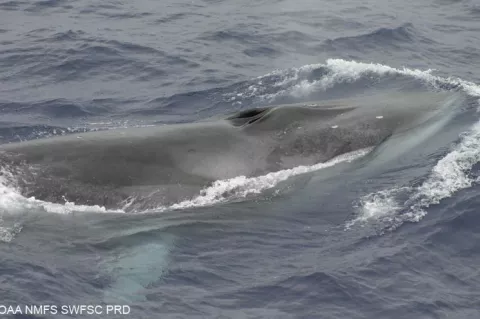102-Year-old shipwreck discovered in Lake Huron
Last July, David Trotter, a shipwreck hunter who had spent 30 years searching for a century-old ship, and a team of divers finally located the missing vessel: a 436-foot steamship named Hydrus, which sunk during the Great Lakes Storm of 1913.
The ship, carrying a load of iron ore, was headed for the shelter of the St. Clair River off of Lake Huron when a terrible blizzard struck the region. During the storm, which struck in early November, more than 19 ships were lost and 250 sailors died, reported Garret Ellison for The Grand Rapids Press.
- Read more about 102-Year-old shipwreck discovered in Lake Huron
- Log in to post comments



